| All the photomicrographs are at the same scale and can be directly compared. |
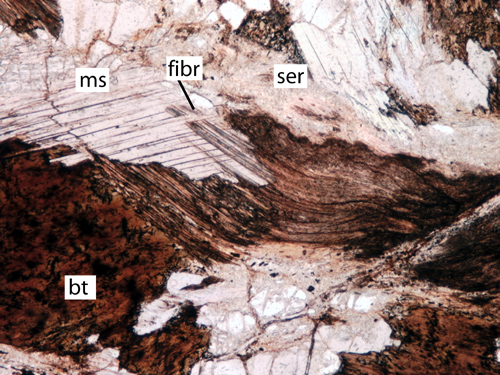
Figure 1. General texture of weakly deformed rock in the core of the structure. Biotite and muscovite may present some deformation, but in general, as shown here, deformation is not obvious. As shown in the page comparing quartz grains, quartz is not internally deformed, and form large crystals, and even the sericitized K-feldspar is well- preserved. Sheaths of sillimanite take up significant deformation.
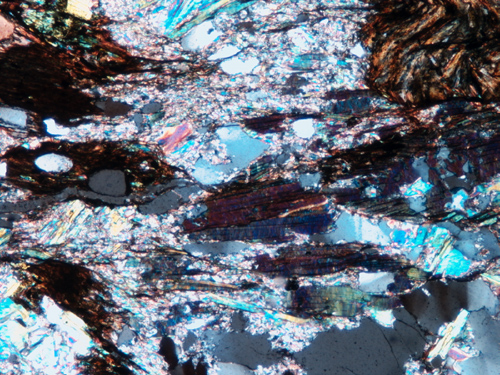
Figure 2. OVERPRINTING. Sample Ec04_3. This sample is overprinted by the later deformation, but not transposed. All the minerals have started to break-up and recrystallize, and this is documented for each mineral type in the other pages. Some E-W cleavage develops in the more micaceous areas, and larger mica grains have either rotated to become parallel to that cleavage muscovite and biotite grains in the middle of the photomicrograph), or have been folded (biotite grain in the upper right-hand-corner). Note that the mineralogy remains essentially the same (biotite, muscovite, quartz, sericite-rick bands on pre-existing K-feldspar, and sillimanite). Note also the general decrease in grain size of all minerals compared to Fig. 1.
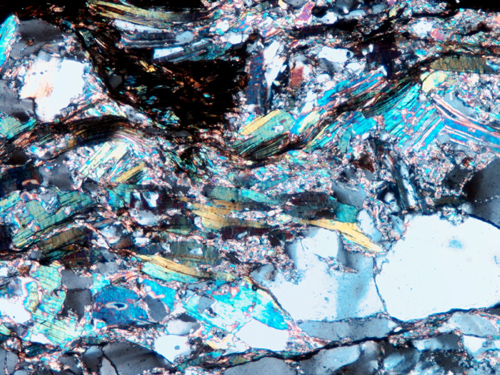
Figure 3. Sample Ec04_3. Another example of the typical texture of these overprinted rocks. Deformation is achieved through a combination of mineral break-up, rotation, folding and recrystallization. Note some undulose quartz grains in the lower right-hand-side of the photomicrograph.
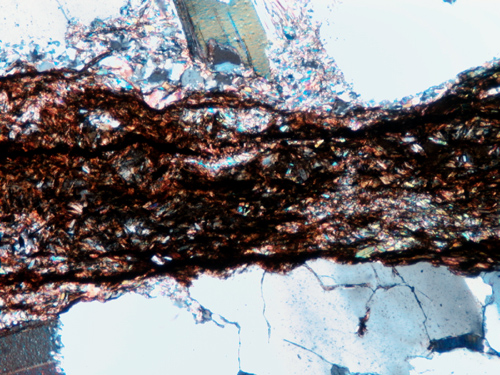
Figure 4a. OVERPRINTED Sample Ec04_3. Stylolitic cleavage development in biotite-muscovite rich band. |
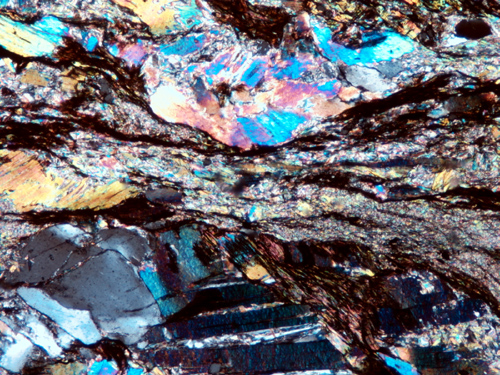
Figure 4b. OVERPRINTED Sample Ec04_3. Stylolitic cleavage development in muscovite-sericite rich band. These are bands of intense shearing, in contrast to the more chaotic bands of Fgs. 2 and 3. |
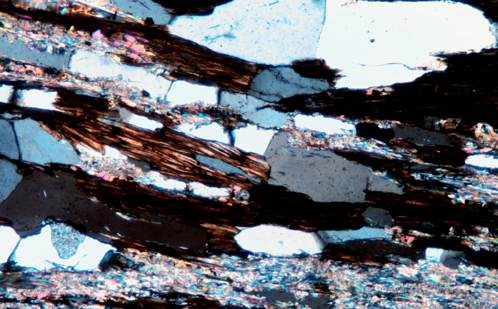
Figure 5. Sample Ec04_2. With increased deformation and recrystallization, the chaotic cataclastic-ductile flow of the samples above is reorganized into a neat banding associated with shear folding (not shown here). Grain size is reduced in the process. Note the lack of undulose extinction in the quartz grains, and the same mineralogy as the other samples: biotite, muscovite, quartz and stretched sericite bands. Sillimanite is also present as very small fibrolite sheaths not clearly visible herer.